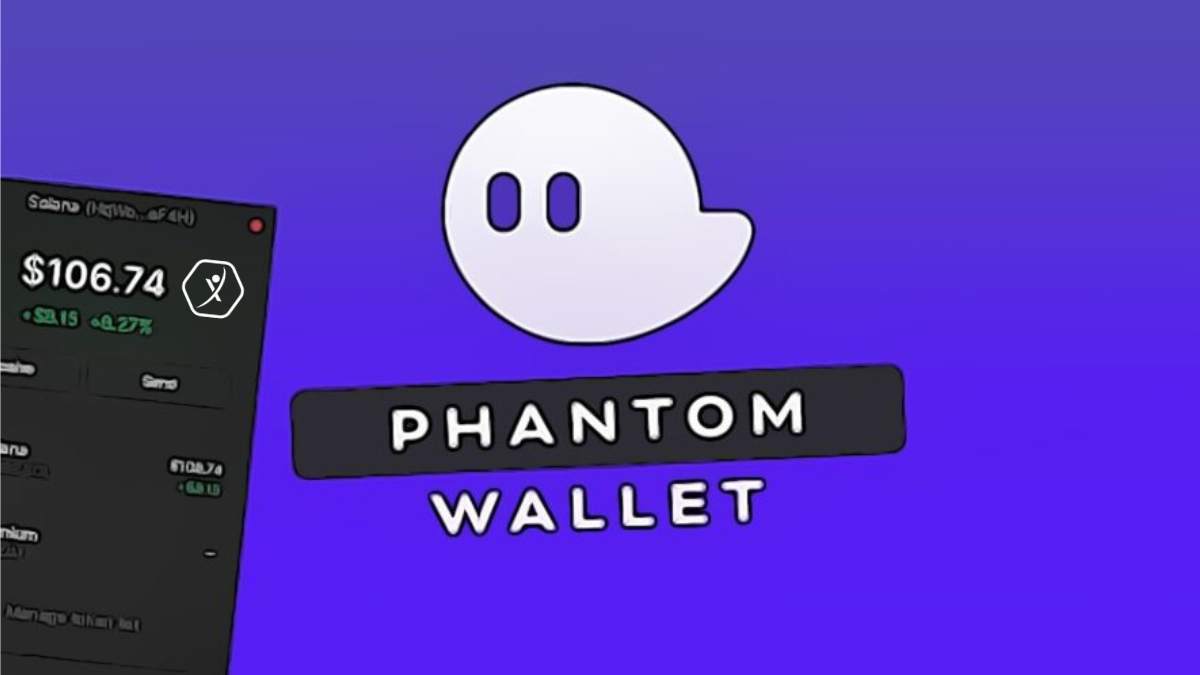Okay, so check this out—I’ve been diving deep into the Solana ecosystem lately, and something really caught my eye. Phantom Wallet isn’t just another crypto wallet; it kinda feels like the Swiss Army knife for anyone serious about Solana’s DeFi and NFT playground. Seriously? Yeah. At first, I was skeptical about browser wallets, thinking, “Aren’t they super vulnerable to hacks?” But then I spent some time with Phantom, and my gut started saying, “Hmm… this might be different.”
Wow! The security model alone is pretty slick. Phantom uses on-device encryption, meaning your private keys never leave your computer. It’s not like those shady web wallets where your keys might be stored somewhere sketchy. Plus, it has a neat feature where you can whitelist certain dApps so they can’t just randomly drain your funds. That’s very very important if you’re messing with DeFi protocols that sometimes feel like the Wild West.
But here’s what bugs me about some wallets—they either focus on security at the expense of usability or vice versa. Phantom nails a balance. The interface is clean, and it feels intuitive, especially for US users who want to jump into Solana Pay or NFT marketplaces without wasting half the day figuring out how to connect their wallet. Oh, and by the way, it supports hardware wallets too, which adds another layer of confidence for those who want cold storage hybrid access.
Initially, I thought Solana Pay was just another buzzword, but the more I tried it, the more I realized its potential. Imagine walking into your favorite coffee shop, whipping out your phone, and just tapping to pay with crypto—no clunky QR scans or waiting for confirmations that take forever. Solana Pay leverages Solana’s lightning-fast transactions, making payments feel as smooth as Apple Pay. However, I’m not 100% sure all merchants are ready for it yet, but the infrastructure is definitely there.
That brings me to Phantom’s integration with Solana Pay. It’s seamless. When you’re using the phantom extension, paying via Solana Pay feels almost natural. The wallet prompts you for approval quickly, and you get transaction confirmations in seconds. This is huge because slow payments kill adoption, especially in retail. On one hand, some might argue that Solana’s network congestion issues could cause hiccups, though actually, these days, it’s handling high throughput pretty well.
Let’s talk NFTs for a sec. Phantom’s NFT marketplace integration blew me away. I’ve used other platforms where listing or buying NFTs felt clunky, but Phantom’s approach is smooth. The wallet natively displays your NFTs with crisp images and metadata, making it feel like a personal gallery right in your browser. Plus, you can trade NFTs without leaving the wallet interface, which is a time-saver.
Here’s the thing about NFTs on Solana: they’re way cheaper to mint and trade than on Ethereum, but some marketplaces have confusing fee setups. Phantom’s marketplace simplifies this by showing you all fees upfront. Transparency like that builds trust, especially for newcomers who might be wary of hidden costs. My instinct said this transparency is a huge selling point that could make Phantom the go-to wallet for artists and collectors in the US and beyond.
Now, I’m not saying Phantom is perfect. For example, there’s a minor learning curve when it comes to managing multiple wallets or accounts—sometimes you just wanna quickly switch between them, but the UI could be a bit more intuitive here. Also, because it’s a browser extension, you gotta be cautious about phishing attacks or malicious sites pretending to be legit dApps. This is where user education still has a big role.
Still, the wallet’s security prompts and transaction previews help a lot. It’s kinda like having a buddy double-check your moves before you sign off. The community around Phantom is also quite active, which means bugs and vulnerabilities get addressed pretty fast—a comfort for anyone who’s handled crypto long enough to know that nothing is ever set-it-and-forget-it.

Check this out—if you want to get started with Phantom, the easiest way is to grab the phantom extension. It installs quickly, and within minutes you can explore Solana Pay, browse NFT collections, or jump into DeFi apps. The onboarding process is surprisingly friendly, even if you’re new to crypto wallets.
Honestly, I think Phantom’s rise is closely tied to Solana’s technical strengths—fast, cheap transactions—and the wallet’s ability to package that power into a user-friendly tool. But it’s also about trust. People want to know their assets are safe without jumping through hoops. Phantom’s approach of blending robust security with smooth UX speaks volumes about where crypto wallets should head.
Something felt off about many wallets before Phantom came along—they either looked too complicated or felt risky. Phantom got that balance right. Plus, the fact that it’s built specifically for Solana means it’s optimized for the ecosystem’s unique features, like staking and token swaps, which you can do directly inside the wallet.
One last thing—Phantom’s commitment to privacy is worth mentioning. They don’t collect user data, which is refreshing. In this day and age, that’s a rare find. You can jump from DeFi farming to NFT auctions without worrying about your wallet’s browsing habits being tracked or sold. (Not that I’m paranoid, but still…)
So yeah, if you’re in the Solana game and want a wallet that’s secure, easy to use, and keeps you connected to Solana Pay and the NFT scene, Phantom deserves a serious look. Just remember to keep your seed phrase offline and always double-check the websites you interact with—nothing’s foolproof, but this wallet makes it a lot easier to stay safe.




